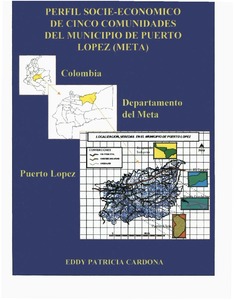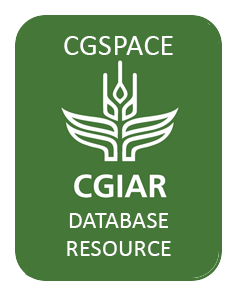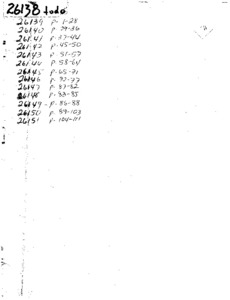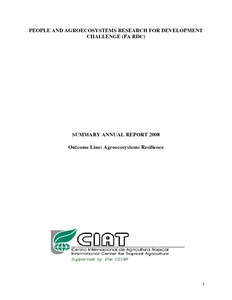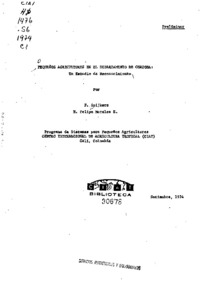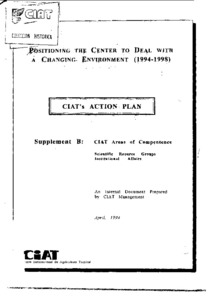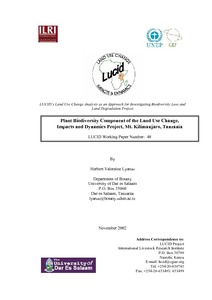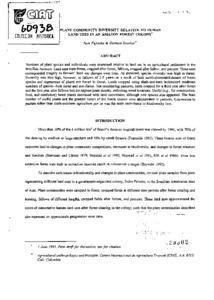land use
AGROVOC URI: http://aims.fao.org/aos/agrovoc/c_4182
Phosphorus fractions under different land-use systems in oxisols of the Brazilian cerrados
We examined whole-soil samples and particle-size fractions to study the distribution of different phosphorus (P) fractions after land-use change from native savanna to crops, pasture, and reforestation on clayey and loamy Oxisols of the Brazilian savannas. Phosphorus was extracted sequentially, according to a modified Hedley procedure, into inorganic and organic P (NaOH-extractable Pi and Po, respectively), and recalcitrant P (P HCl and P res). Under natural conditions of strong P deficiency, over 60% of NaOH-extractable P was organic, reflecting the high contribution of P.
Phosphorus pools in bulk soil and aggregates of differently textured oxisols under different land-use systems in the Brazilian cerrados
This study assessed the influence of land use (continuous cropping, CC; tree plantations, F; pasture, PG; and native savanna, NS) on P concentrations and partitioning in bulk soil and two aggregate size fractions of two Oxisols, one loamy and one clayey. The quantity and quality of physically protected P within aggregates were also determined. Total P in bulk soil and macroaggregates (0.25-2 mm and 2-8 mm) was partitioned into inorganic and organic P fractions (P, and P., respectively) after sequential extraction, using NaHCO, (Olsen), NaOH, HCl, and H2SO4 (residual).
Pasture and animal production in Amazonia
Plan piloto para el desarrollo agro-industrial del cultivo de la yuca en algunos departamentos de la Costa Atlantica de Colombia : Tercer informe junio 1983-junio 1984
The 1st yr of operation (1983-84) of 6 cassava natural drying plants, established in some states of the Colombian Atlantic Coast as a result of the successful operation of the Betulia pilot plant (Sucre) established in 1981, is reported. Under the present production and commercialization conditions, the natural drying process of cassava proved to be an economically profitable activity in the region; however, it was sensitive to fresh root price and the degree of drying plant occupation. The major constraint to increased cassava yields is the lack of programs to produce healthy seed.
Pequeños agricultores en el Departamento de Córdoba: un estudio de reconocimiento
Plant biodiversity component of the land use change, impacts and dynamics project, Mt Kilimanjaro, Tanzania
Potencial agricola del frijol (Phaseolus vulgaris L.) en los paises andinos
Data are given of area planted to beans, production, and yields in the Andean countries during 1964-66, 1974-76, and 1978; production, trade, and consumption during 1963-65 and 1973-75; and production, area, and yield growth rates during 1966-76. Constraints for bean productivity, cropping systems, and the main bean types consumed in the Andean countries are indicated. Finally, the potential of this crop is analyzed and data of land use and population patterns in the Andean countries are included. (CIAT)
Plant community diversity relative to human land uses in an Amazon forest colony
Numbers of plant species and individuals were examined relative to land use in an agricultural settlement in the Brasilian Amazon. Land uses were forest, cropped after forest, fallows, cropped after fallow, and pasture. These uses corresponded roughly to farmers` land use changes over time. As expected, species diversity was high in forest. Diversity was also high, however, in fallows of 3-5 years--as a result of both survival/reestablishment of forest species and appearance of plants not found in forest.

